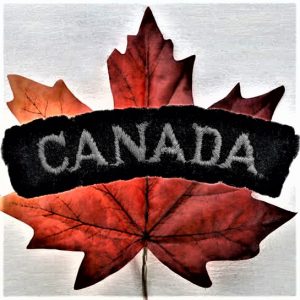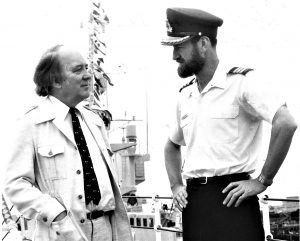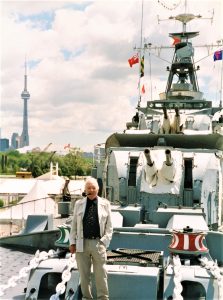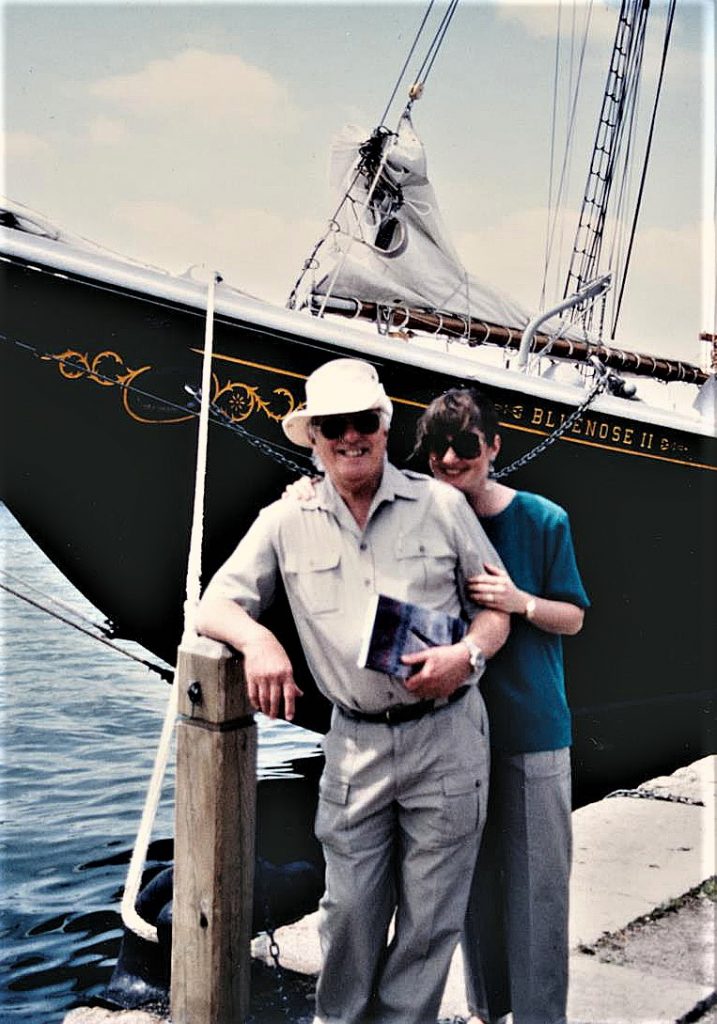THE HONORARY CANADIAN
1 Jul 2020

It was June 12, 1944, and the tide was ebbing fast. The motor torpedo boat was caught on an underwater anti-tank obstacle off the beach at Arromanches, within range of armour-piercing shells being fired from inland. An M.T.B. ran on high-octane fuel. One hit, and she would go up like a bomb.
Her skipper, on the bridge with a group of Royal Canadian Engineers, sent a young R.N.V.R. lieutenant named Reeman over the side with four seamen to try to lift the boat off. The rest of the crew was still aboard when the shell hit amidships.
The world exploded in searing flame and black, roiling smoke. The M.T.B. was burning fiercely. The young lieutenant was drifting in the shallows, the salt stinging his face, his legs on fire with phosphorus despite the sea’s coldness.
He lost consciousness, and came to on the beach. Rain was falling, and some one was saying, “It’s O.K., buddy. Take it easy,” and then, “Keep that rain off his face.” Another voice said, “Give him a cigarette.”
He remembered saying, “I smoke a pipe,” before the morphine took him under.
They were Canadian army medics and they saved Douglas Reeman’s life, and saw him transferred to a landing craft that took him to England for weeks of rehabilitation. And then he went back to war.
He never forgot the Canadians; and they’d always been around. He knew the Royal Canadian Navy’s Light Coastal Forces and the men who served in ‘the little ships’: he’d heard the lilting accents of officers and seamen from St. John’s and the outports who wore NEWFOUNDLAND shoulder flashes, and the voices of men from the Dominion who wore the shoulder flash of Canada. Like every one else in the Royal Navy, he had admired the grace and speed of the Tribal Class destroyers, H.M.C.S. Haida among them, and in Iceland he had seen H.M.C.S. Skeena wrecked, and the survivors and the dead brought ashore. Later, when the Toronto Star serialized one of Douglas’s novels, the American publishing world took note and offered him a contract.
Fame followed, as a writer under his own name of contemporary war stories and, in 1968 with the publication of To Glory We Steer, as Alexander Kent, author of the Richard Bolitho series.

Douglas with the captain of H.M.C.S. Algonquin in Halifax, Nova Scotia
Douglas visited Canada several times, on book tours and as a guest of the Royal Canadian Navy: in Halifax, R.C.N. ships were dressed overall in his honour. And on the rainy evening of June 6th, 1980, during a cross-Canada tour to promote A Ship Must Die, he gave a reading in the Brigantine Room at Toronto’s Harbourfront cultural centre, where a young Canadian woman in the audience stood up and asked him a question he couldn’t answer.
Maybe he felt, as I did, the hand of fate touch him that evening. He invited me to write to him, and my letters sustained him as he struggled in a vortex of depression following the death of his wife in 1983. On July 9th, 1984, we met for the first time in four years in the lobby of Toronto’s fine old Royal York Hotel. Later that evening, he asked me to marry him.
We were married at St. James’s Cathedral in Toronto on Saturday, October 5th, 1985. The vicar, the Reverend David Bousfield, was a Royal Canadian Navy reservist, as was the verger. Douglas was signing copies of his books for Father Bousfield in the vestry just before I arrived.

Douglas aboard H.M.C.S. Haida, Toronto
For thirty-two years we were inseparable. He considered himself an honorary Canadian, and he was always very proud of his ‘Canadian girl’. His relationship with the R.C.N. and his Canadian readers remained close; he always wore a Canadian poppy in November, and when we observed the silence at home on Remembrance Day the Maple Leaf always hung from the upstairs window beside the White Ensign in memory of all those who had served.
We were always there for him, we Canadians. Until the last second of his life, when I held his hand as he left me. But he lives on in his books, and I keep him in my heart. With my country.
As always, together.

Douglas, me, and the iconic Canadian schooner Bluenose, Toronto, June 1991
